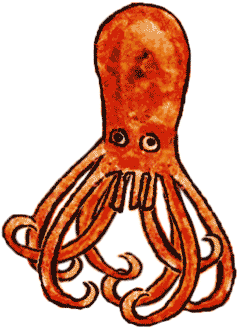Arabographic Optical Character Recognition (OCR)
The OpenITI team—building on the foundational open-source OCR work of the Leipzig University’s (LU) Alexander von Humboldt Chair for Digital Humanities—has achieved Optical Character Recognition (OCR) accuracy rates for classical Arabic-script texts in the high nineties. These numbers are based on our tests of seven different Arabic-script texts of varying quality and typefaces, totaling over 7,000 lines (~400 pages, 87,000 words). These accuracy rates not only represent a distinct improvement over the actual accuracy rates of the various proprietary OCR options for classical Arabic-script texts, but, equally important, they are produced using an open-source OCR software called Kraken (developed by Benjamin Kiessling, LU), thus enabling us to make this Arabic-script OCR technology freely available to the broader Islamic, Persian, and Arabic Studies communities in the near future. Unlike more traditional OCR approaches, Kraken relies on a neural network—which mimics the way we learn—to recognize letters in the images of entire lines of text without trying first to segment lines into words and then words into letters. This segmentation step—a mainstream OCR approach that persistently fails on connected scripts—is thus completely removed from the process, making Kraken uniquely powerful for dealing with a diverse variety of ligatures in connected Arabic script. In the process we also generated over 7,000 lines of “gold standard” (double-checked) data that can be used by others for Arabic-script OCR training and testing purposes.
Our working paper can be found on Academia.edu (By: Benjamin Kiessling, Matthew Thomas Miller, Maxim Romanov, Sarah Bowen Savant).


